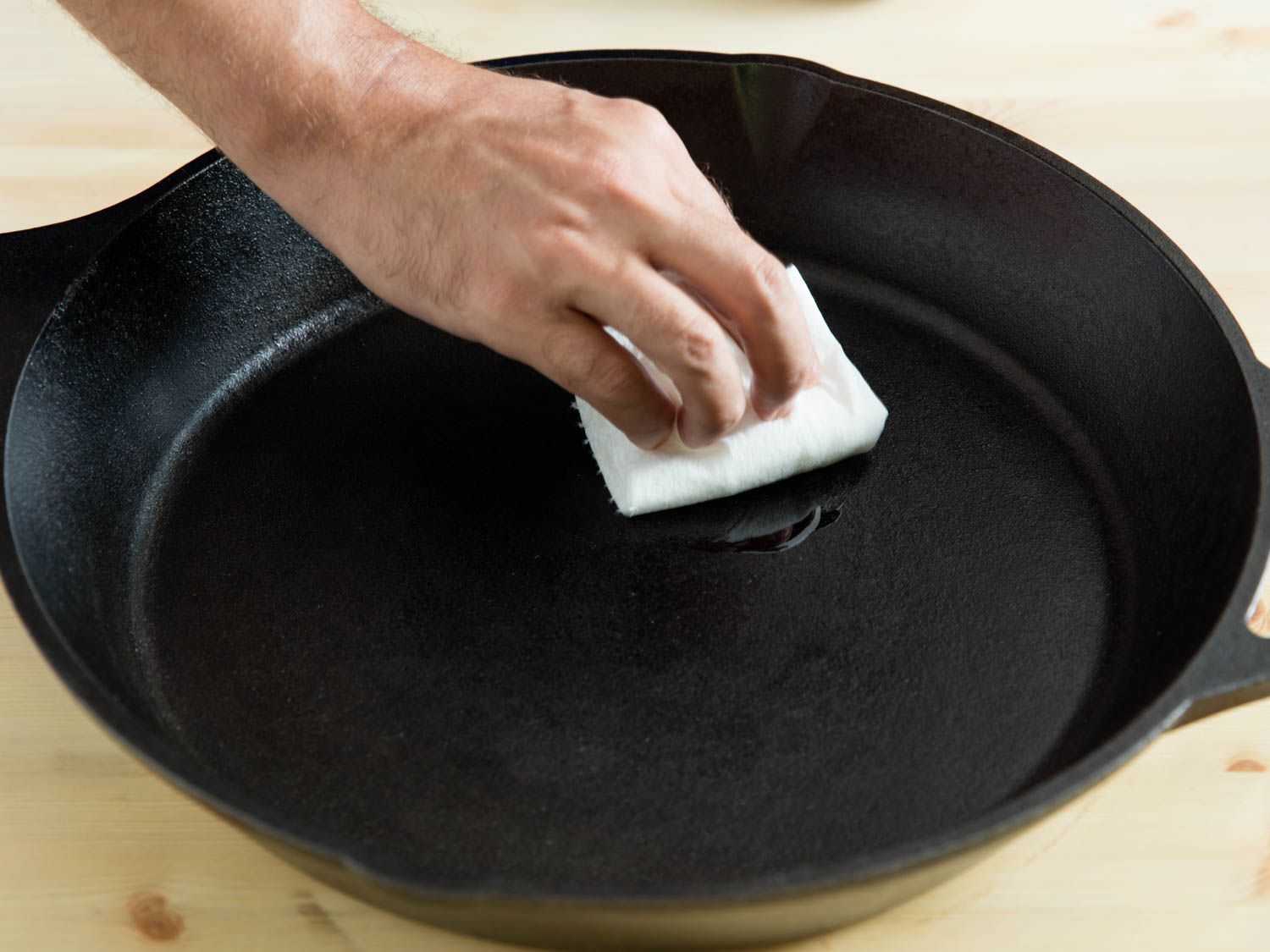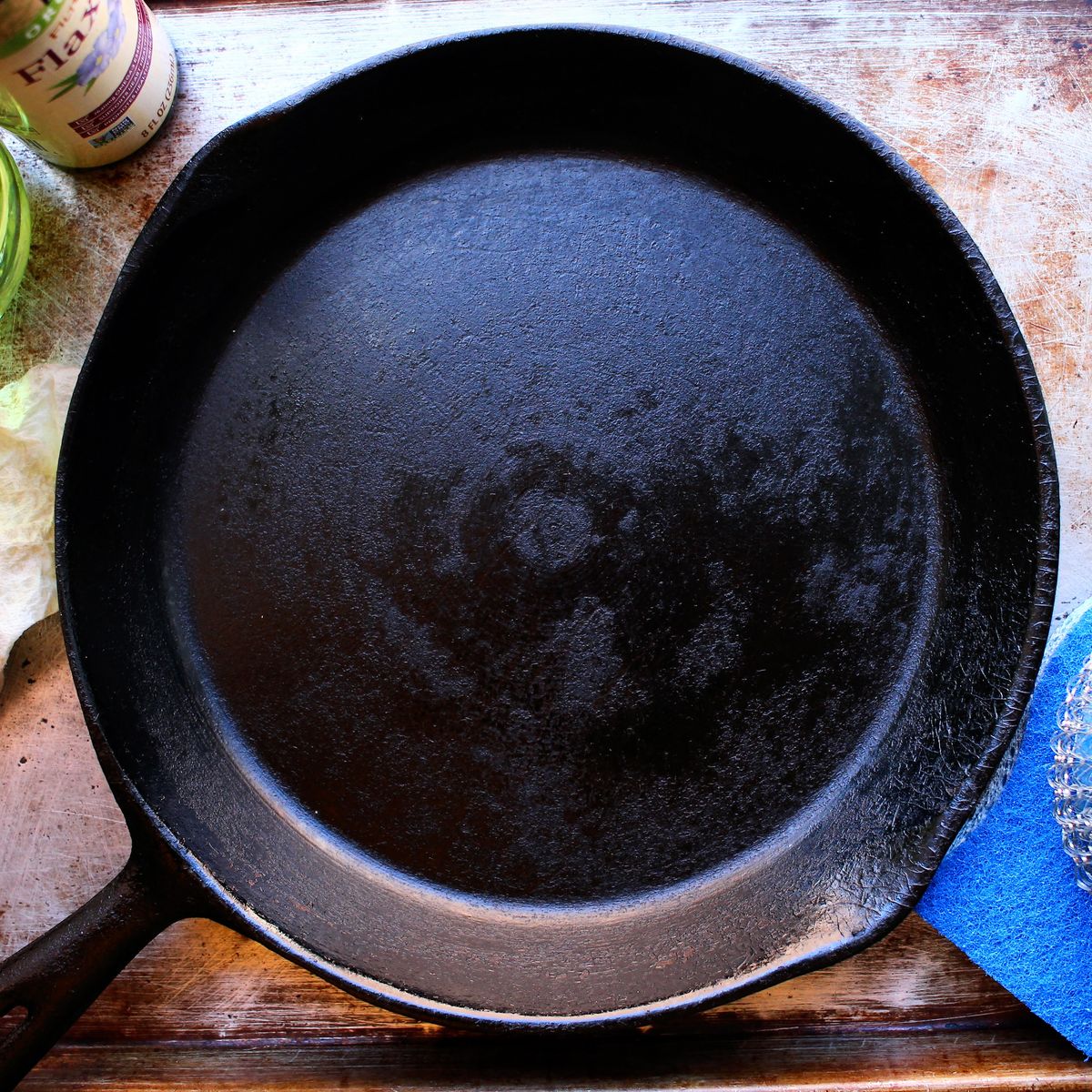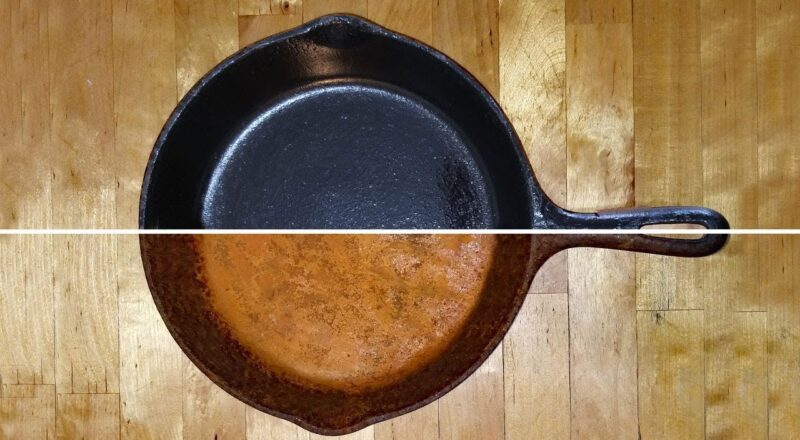Seasoning cast iron cookware is an essential skill for any cooking enthusiast. It not only enhances the cookware’s non-stick properties but also ensures its longevity. In this article, we will discuss how to season cast iron with grapeseed oil, a method approved by many experts and cooking enthusiasts alike.
:max_bytes(150000):strip_icc()/How-to-Season-Cast-Iron-Skillet-3x2-1-bcd280f1703e47e0a59bb62e86a0d53a.png?keyword=how to season cast iron with grapeseed oil)
The Importance of Seasoning Cast Iron
Seasoning your cast iron is crucial because it creates a natural, non-stick surface. This is especially important for health-conscious individuals who want to avoid cooking with chemical-laden non-stick pans. A well-seasoned cast iron skillet can be a game-changer in the kitchen.
Why Grapeseed Oil?
Grapeseed oil is an excellent choice for seasoning cast iron for several reasons. Its high smoke point, around 420F (216C), makes it perfect for seasoning. Additionally, grapeseed oil is rich in polyunsaturated fats, which are ideal for creating a durable seasoning layer.

Step-by-Step Guide to Seasoning Cast Iron with Grapeseed Oil
Step 1: Gather Your Supplies
Before you begin, gather the necessary supplies:
- Cast iron cookware
- Grapeseed oil
- Paper towels
- Aluminum foil
- Oven
Step 2: Clean Your Cast Iron
If your cast iron is new or has been used previously, you’ll need to clean it thoroughly. Use hot water and a stiff brush to remove any food particles. If there is rust, use steel wool to scrub it away.
Step 3: Dry Your Cast Iron
After cleaning, ensure your cast iron is completely dry. You can dry it on the stovetop over low heat to ensure all moisture evaporates.
Step 4: Apply a Thin Layer of Grapeseed Oil
Using a paper towel, apply a thin layer of grapeseed oil to the entire surface of your cast iron cookware, including the handle and exterior. Ensure you wipe off any excess oil, as too much oil can result in a sticky finish.
Step 5: Bake Your Cast Iron
Preheat your oven to 450F (232C). Place a sheet of aluminum foil on the bottom rack to catch any drips. Place your cast iron, upside down, on the middle rack. Bake for one hour.
Step 6: Cool and Repeat
After baking, turn off the oven and allow the cast iron to cool inside. Once cool, repeat steps 4 and 5 at least two more times to build up a durable seasoning layer.

Maintaining Your Seasoned Cast Iron
Proper maintenance of your seasoned cast iron is key to its longevity. Avoid using harsh detergents, and instead, clean your cast iron with hot water and a brush. Dry thoroughly after each use and apply a thin layer of grapeseed oil to prevent rust.
:max_bytes(150000):strip_icc()/How-to-Season-Cast-Iron-Skillet-3x2-1-bcd280f1703e47e0a59bb62e86a0d53a.png?keyword=how to season cast iron with grapeseed oil)
Common Mistakes to Avoid
Using Too Much Oil
One common mistake is using too much oil. This can lead to a sticky surface rather than a smooth, non-stick coating. Always ensure you wipe off excess oil before baking.
Not Preheating the Oven
Another mistake is not preheating the oven. Preheating ensures that the cast iron heats evenly, which is essential for proper seasoning.
Removing Rust from Cast Iron
If your cast iron develops rust, don’t worry. Scrub the rust away with steel wool and follow the seasoning steps again. Regular maintenance will help prevent rust from forming in the first place.
FAQs on Seasoning Cast Iron with Grapeseed Oil
Can I use other oils for seasoning?
Yes, you can use other oils like flaxseed oil, vegetable oil, or canola oil. However, grapeseed oil is preferred for its high smoke point and durability.
How often should I season my cast iron?
It depends on usage. For regular use, seasoning your cast iron every few months should suffice. If you notice the non-stick properties diminishing, it may be time to re-season.
Can I cook acidic foods in my cast iron?
It’s best to avoid cooking highly acidic foods like tomatoes or citrus in your cast iron regularly, as they can erode the seasoning. Occasional use is fine, but ensure you re-season if needed.
As an Amazon Associate, I earn from qualifying purchases.
Conclusion
Learning how to season cast iron with grapeseed oil is a valuable skill for anyone looking to enhance their cooking experience. It not only provides a natural, non-stick surface but also adds to the longevity of your cookware. With proper maintenance, your cast iron will serve you well for many years. For more tips on cast iron maintenance, check out this guide on how to re-season cast iron skillet.
For further reading on this topic, you can refer to this external link on how to use and maintain a cast iron skillet.

